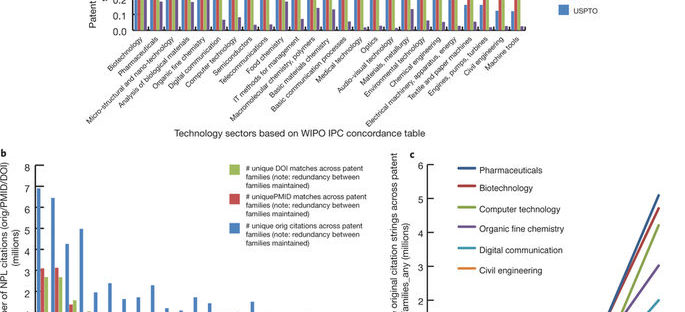Author: Julie-Hare
Summary: A description of a new report on Australian HE regulation and financing and its relation with diversity. The report argues that a more dynamic system that offers real student choice can be constructed within the current structural framework that includes the Australian Qualifications Framework, as well as regulation and funding responsibilities. But in order to do so it would have to take on some very sacred cows: primarily the teaching-research nexus and the subsequent cross-subsidisation of research from teaching grants.
Abstract: There is a long history of Australia and the UK shadowing each other in HE policy; it’s almost as though one acts as a testing ground for the other’s upcoming reform agenda.
The Labor opposition has already put its cards on the table for an overarching review of the post-18 sector should it win government next year and certainly there will be a lot of interest in the findings of Philip Augur’s impending report.
The case for a radical revamp of Australia’s HE regulatory and funding systems as a structural means of adding to diversity to the current monochromatic mix is the subject of a paper presented last week at the inaugural seminar of the Monash Commission.
Hare J. Adding the diversity dimension | Wonkhe | Australia [Internet]. Wonkhe. [cited 2018 Oct 3]. Available from: https://wonkhe.com/blogs/adding-the-diversity-dimension/


